Discover 7 hidden attractions, cool sights, and unusual things to do in Great Barrington (United States). Don't miss out on these must-see attractions: Mahaiwe Performing Arts Center, Society of the Congregational Church of Great Barrington, and Searles Castle. Also, be sure to include Clinton African Methodist Episcopal Zion Church in your itinerary.
Below, you can find the list of the most amazing places you should visit in Great Barrington (Massachusetts).
Table of Contents
Mahaiwe Performing Arts Center
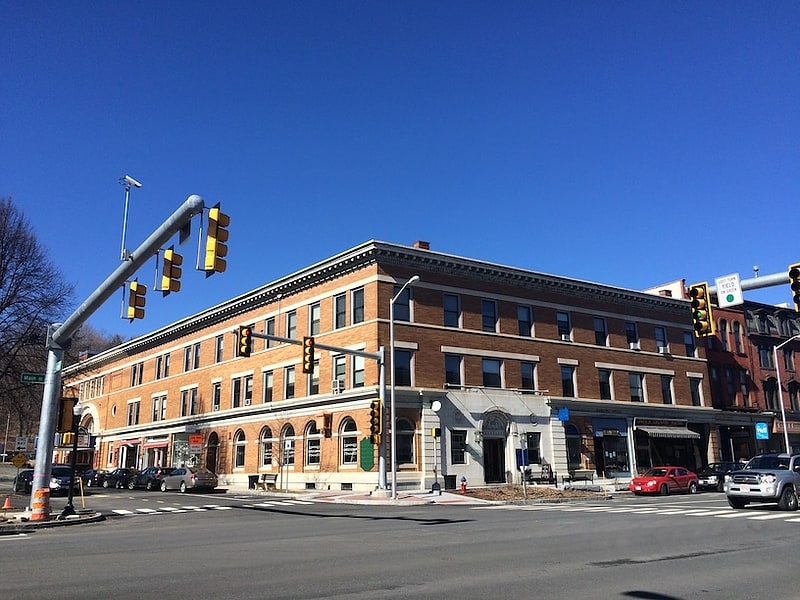
Performing arts theater in Great Barrington, Massachusetts. The Mahaiwe Block is a commercial and theater building in the heart of downtown Great Barrington, Massachusetts. In addition to smaller businesses, it houses the Mahaiwe Performing Arts Center, the town's only major performance space. It has been in virtually continuous operation since its construction in 1905. The building is located at 6-14 Castle St. and 314-322 Main St, and is listed on the National Register of Historic Places.
The building's condition and fate in the 1990s was a major contributing factor in the establishment of local preservation ordinances. The building takes its name from an earlier structure on the site, which its owner called "Mahaiwe House".[1]
Address: 14 Castle St, 01230-1513 Great Barrington
Society of the Congregational Church of Great Barrington
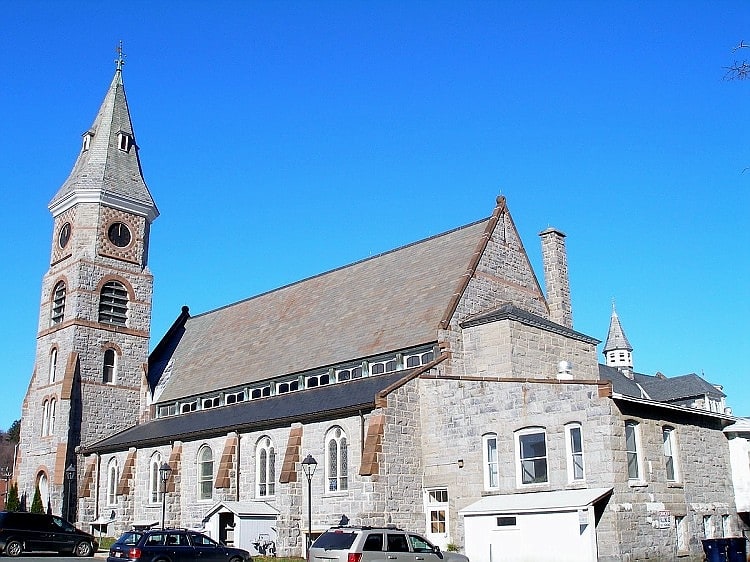
Church building in Great Barrington, Massachusetts. The Society of the Congregational Church of Great Barrington is an historic church building and parish house located at 241 and 251 Main Street in Great Barrington, Massachusetts. It is the fourth church of a congregation whose first meetings were held in 1743.[2]
Address: 251 Main St, 01230 Great Barrington
Searles Castle

The Searles Castle is a French chateau-style castle-style house in Great Barrington, Massachusetts. Built in the 1880s, the romantically imagined structure has seven stories and includes a "dungeon" basement. The castle was initially designed by Stanford White of McKim, Mead and White, a famous New York architectural firm at the time. There are 40 rooms containing 54,246 square feet of floor space, as well as 36 fireplaces.[3]
Clinton African Methodist Episcopal Zion Church
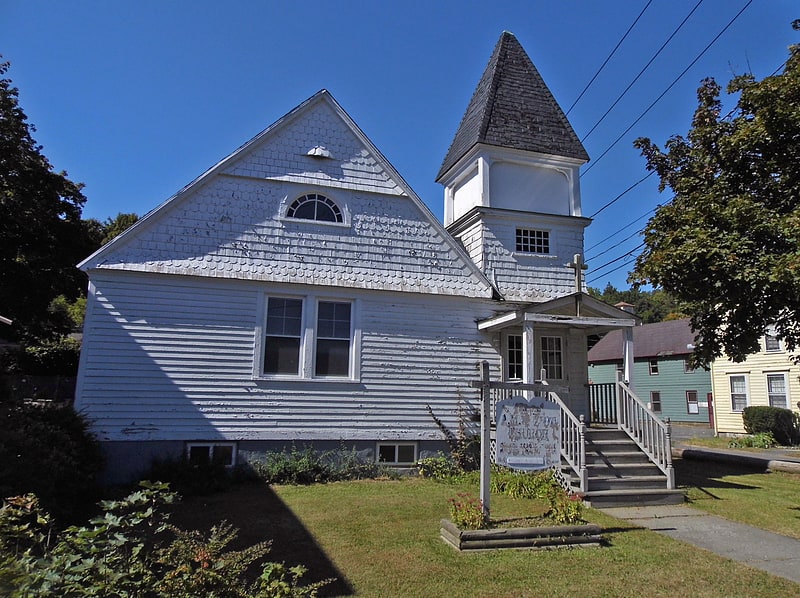
Church in Great Barrington, Massachusetts. The Clinton African Methodist Episcopal Zion Church is a historic church at 9 Elm Court in Great Barrington, Massachusetts. It was the first African American church in Berkshire County, and it was a place where noted Great Barrington native W.E.B. Du Bois is known to have attended services. The Shingle style church was completed in 1887, and continues to serve as a center of African American worship in southern Berkshire County.[4]
Address: 9 Elm Ct, 01230-1518 Great Barrington
United States Post Office–Great Barrington Main
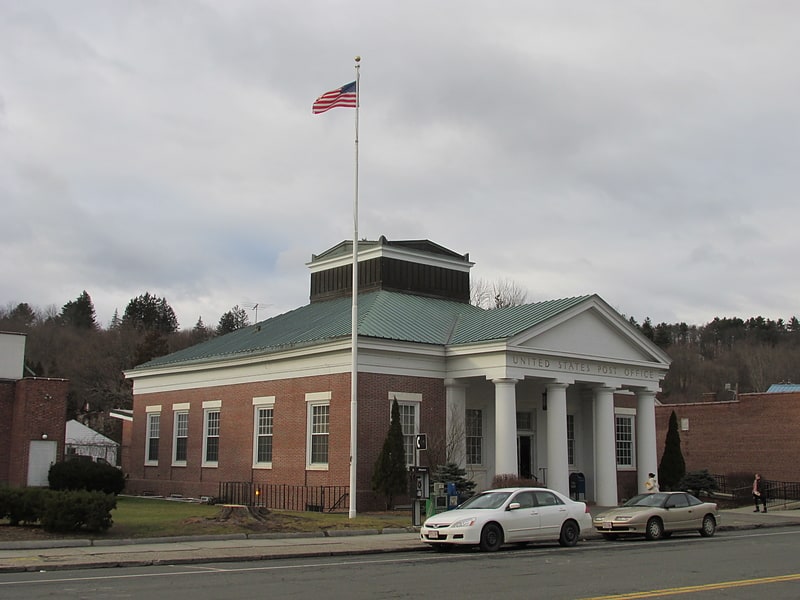
Post office in Great Barrington, Massachusetts. US Post Office–Great Barrington Main is a historic post office at 222 Main Street in Great Barrington, Massachusetts. It was designed by architect Lorimer Rich and completed in 1936. Its design is unusual, because the United States Postal Service was at that time trying to economize on building costs in part by using standardized plans; this building is a notable deviation from this. The building was listed on the National Register of Historic Places in 1986.[5]
Dwight-Henderson House
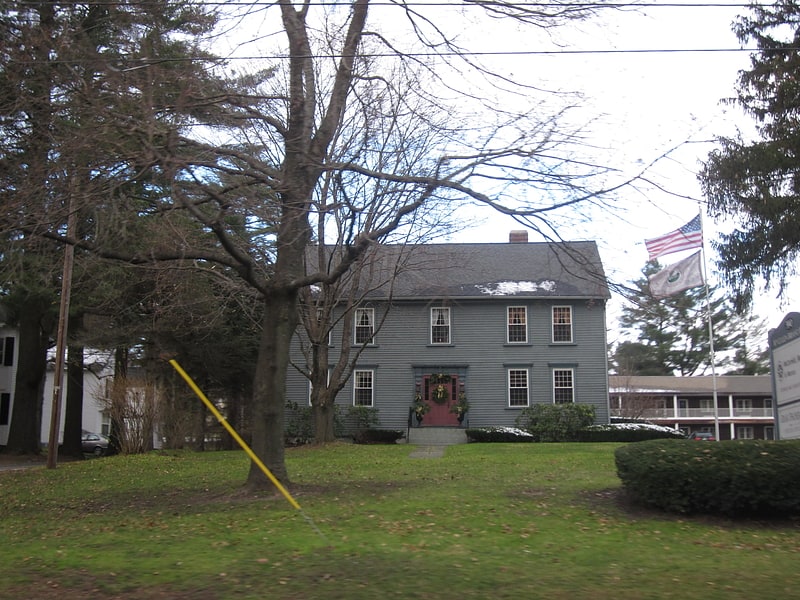
The Dwight–Henderson House is a historic house at 390 Main Street in Great Barrington, Massachusetts. It is the second oldest house in Great Barrington, built in 1759 for Joseph Dwight, a brigadier in the colonial militia, by local builder Daniel Allen. The saltbox home was originally built into a slope, and had three stories on the front and one in the rear. The house has been moved twice, but remains within 200 feet of its original site. The second move, the foundation that formed the wall for the original first floor, so it now presents only two stories in front.
The house is notable for several historical associations. In addition to General Dwight, who was also town moderator and selectman, and a county judge, the houses notable guests include British General John Burgoyne, who surrendered his army after the Battles of Saratoga in 1777, and spent several days here while en route to the Boston area as a prisoner. It is also the house where poet and newspaper editor William Cullen Bryant was married; he was a guest of the owner, Allen Henderson.
Since then, the house has seen a variety of uses. It served for a time as housing for the nearby Berkshire Motor Inn, and now houses professional offices. The house was listed on the National Register of Historic Places in 1976, and included as a contributing property to the Taconic and West Avenues Historic District in 1998.[6]
Taconic and West Avenues Historic District
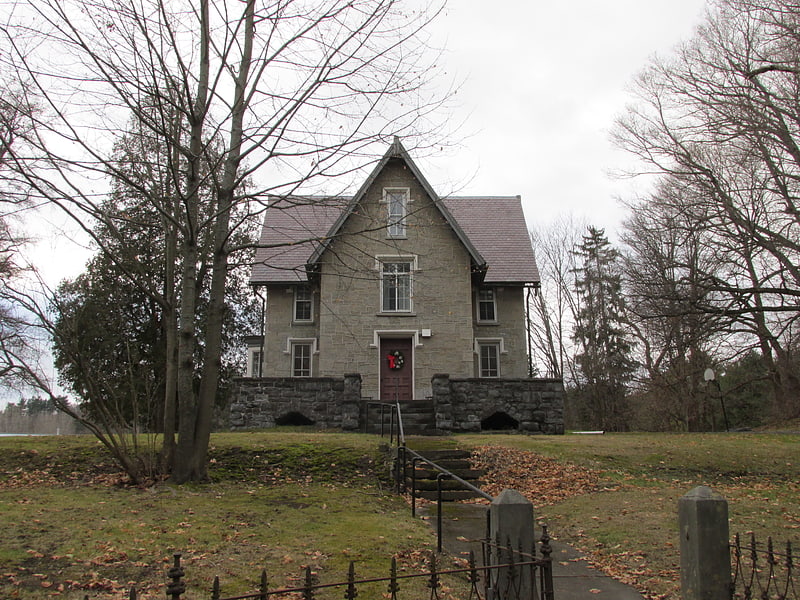
The Taconic and West Avenues Historic District is a largely residential historic district south of the downtown area of Great Barrington, Massachusetts. The roughly 117-acre district includes 172 contributing elements, most of which are houses or related buildings. Two thirds of the buildings were built between 1890 and 1910, and most of the rest were constructed in a historically sympathetic way.
The southwestern corner of the district is the intersection of Maple and West Avenues. Its western boundary is a high wooded ridge that roughly parallels Castle Street, and follows Main Street and Maple Avenue on its eastern and southern boundaries. The housing in the district was built by Great Barrington's wealthier residents, and feature large houses built in a variety of popular styles of the period. The district features Georgian, Early Republic, and Mid 19th-Century Revival architecture. It was added to the National Register of Historic Places in 1998.
Great Barrington was settled in the 18th century, and was the first county seat of Berkshire County. It developed around a major crossing of the Housatonic River, which also provided power for industry. Early development in this district occurred primarily along Main Street, where houses such as the Dwight–Henderson House were built, and Taconic Street, a major road leading northwest toward Alford. Development in the district was modest through much of the 19th century, only becoming more organized in the 1880s, when a number of cross streets were laid out for residential development.[7]